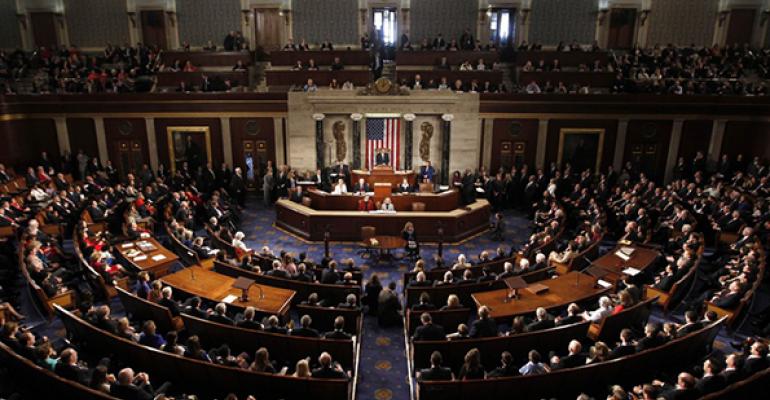Congress gave a nice Christmas present to the apartment building industry in the omnibus budget package, passed just before the holidays.
The budget package includes a long list of good things for apartment investors. International investors finally got some relief from the punishing Foreign Investment in Real Property Act (FIRPTA). Affordable housing investors will benefit from the extension of provisions to the federal low-income housing tax credit (LIHTC). Congress also renewed bonus depreciation, small business expensing and the New Markets Tax Credit Program, in addition to tax benefits that reward energy-efficient buildings.
The bill passed through both houses of Congress December 18, and President Obama signed it the same day.
Foreign investors get relief
Many foreign investors in U.S. real estate will no longer have to pay the heavy penalties imposed by FIRPTA, which amounted to a 30 or 45 percent tax on many types of profits made by foreign investors in U.S. properties. In 2007, an IRS ruling allowed FIRPTA to tax profits of investments in REIT stocks. Typically, foreign investors don’t pay any taxes on their investments in the United States. They can buy stock in U.S. companies like Apple or Facebook, for example, without worrying Uncle Sam will tax their profits.
The changes to FIRPTA are “the most significant” since the law’s enactment in 1980, according to a statement from the Real Estate Roundtable, based in Washington, D.C. Foreign pension funds that invest in U.S. real estate no longer have to pay the tax. Also, foreign investors can now own a stake of up to 10 percent in a U.S. REIT without triggering FIRPTA. Before the change, the trigger was set at 5 percent. That will make a significant difference for private REITs, which are often small enough so that a foreign investor could own a significant share of the company.
Boosts for sustainable development, community development, affordable housing
Advocates for energy-efficient, green development welcome the extended tax deduction for energy-efficient commercial buildings. The budget package extends the deduction through 2016 and toughens the requirements buildings need to meet to get the deductions. The existing law ran through 2014 and gave a $1.80-per-sq.-ft. tax deduction to properties that beat by 50 percent the efficiency standards set out in the 2001 American Society of Heating, Refrigerating and Air-Conditioning Engineers Standard 90.1. In the extension, buildings will have to meet ASHRAE’s 2007 standard to get the deduction.
Affordable housing investors can also celebrate. The budget package extends a tweak to the federal low-income housing tax credit (LIHTC) program that makes the tax credit much easier to use. The extension sets a minimum value of the competitive “9 percent” LIHTCs at 9 percent per year of the eligible basis of an affordable housing property over the 10-year life of the tax credit. Without the extension, the value of LIHTCs floats depended on conditions in the capital markets. “Due to low interest rates, the current 9 percent LIHTC is actually set at a 7.49 percent rate, reducing its value by nearly 17 percent,” according to an analysis from the National Multifamily Housing Council (NMHC). The budget package doesn’t help all tax credits. The 4 percent LIHTCs that come with federal tax-exempt bond financing still float.
Community developers won another extension for the New Markets Tax Credit program (NMTC), which provides a tax incentive for qualified equity investments in economically-distressed areas, often helping to pay for new, mixed-used developments in tough neighborhoods. The budget package renews the program through 2019 after it has suffered through many shorter extension periods. The extension keeps the funding for NMTCs at $3.5 billion a year, the level set back in 2014.
Bonus depreciation
The budget package also extends bonus depreciation through 2019, which allows taxpayers to expense 50 percent of the cost of a qualifying investment in the year it was purchased, as opposed to depreciating the cost over a number of years. A change in small business expensing also increased the amount small businesses can expense as opposed to depreciating.

